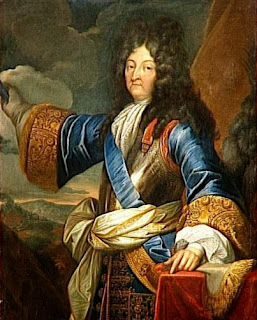He was taller and smarter than Lucy's people and he could walk upright more time than austrolopithecus did.
He left Africa and walked to Europe.
He created the first tools, but he did not control fire, although he knew how to use it.
His scientific name is Homo Habilis, because he could fabric tools.
Many years passed... and another group of men was born.
He could walk upright all the time, wherefore scientists called him: Homo Erectus.
He had a bigger brain because his jaw was not heavier.
He was located in Africa, Europe and Asia.
He improved tools like stone axes and bones, and he wore animal leathers.
And... HE CONTROLLED THE FIRE!!
That changed everything!!
1. People began to cook food, which helped to reduce disease.
2. People met around the fire each night, which helped to developed a spirit of community.
Upload by
theGayvianHeart






.jpg)



























